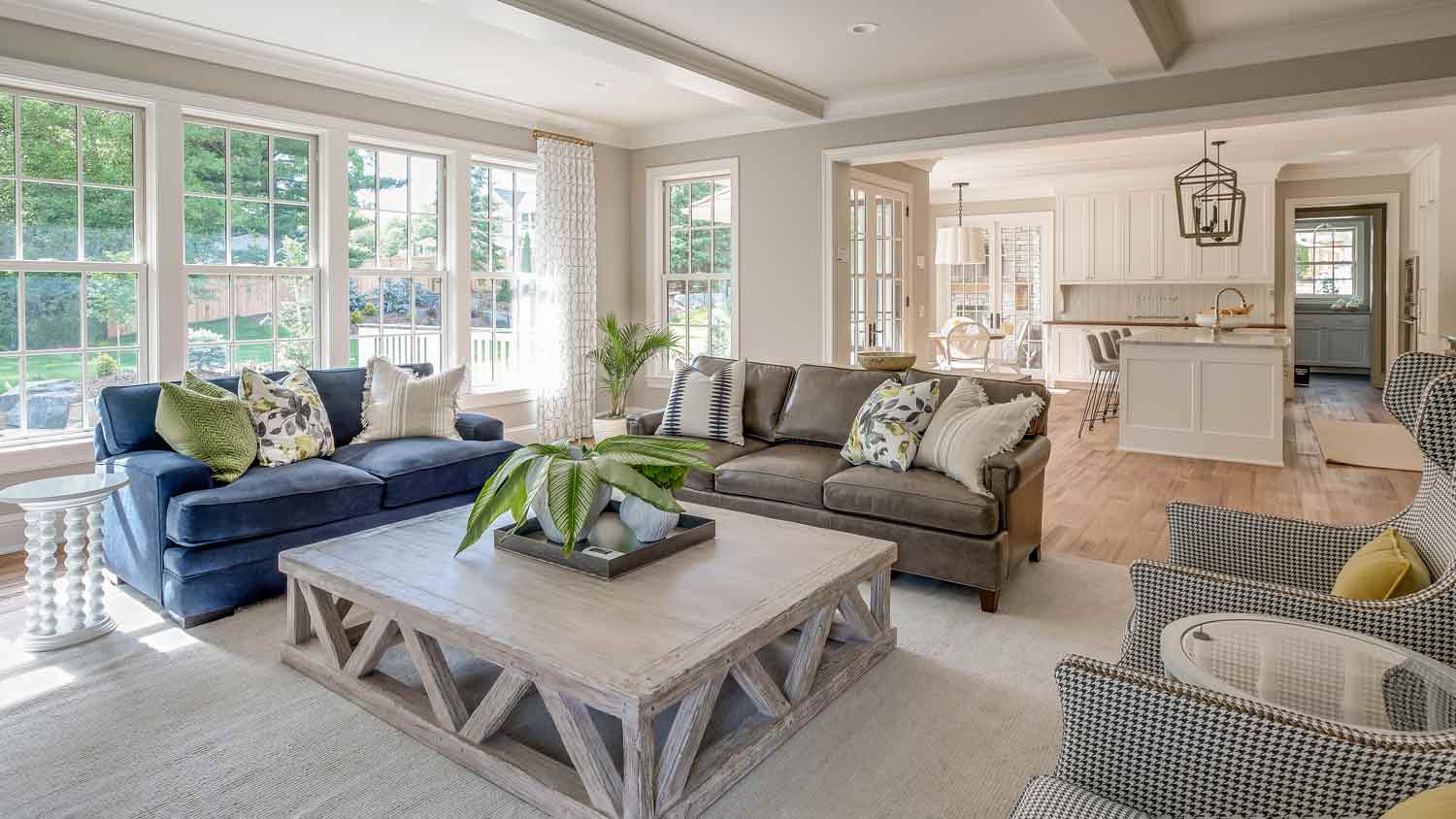
Need to get rid of lingering smoke odors in your home? Learn how much smoke remediation costs to budget accurately for this major undertaking.
The average dry rot repair cost is $1,400, but it can range between $500 and $3,000, depending on the extent, size, and location of the damage in your home.


Dry rot repair costs an average of $1,400, though homeowners can spend as little as $150 or as much as $10,000. Dry rot is a fungus that deteriorates wood, often to the point of instability. The cost of repairing the conditions caused by dry rot will depend on factors such as the size and location of the affected area and the severity of the damage.
Both wet and dry types of wood rot exist, and both are detrimental to buildings such as your home. Despite its name, dry rot starts doing damage when the lumber is exposed to moisture. Dry rot can even affect pressure-treated wood under the right conditions.
Here are the factors that will determine the cost of repairing dry rot.
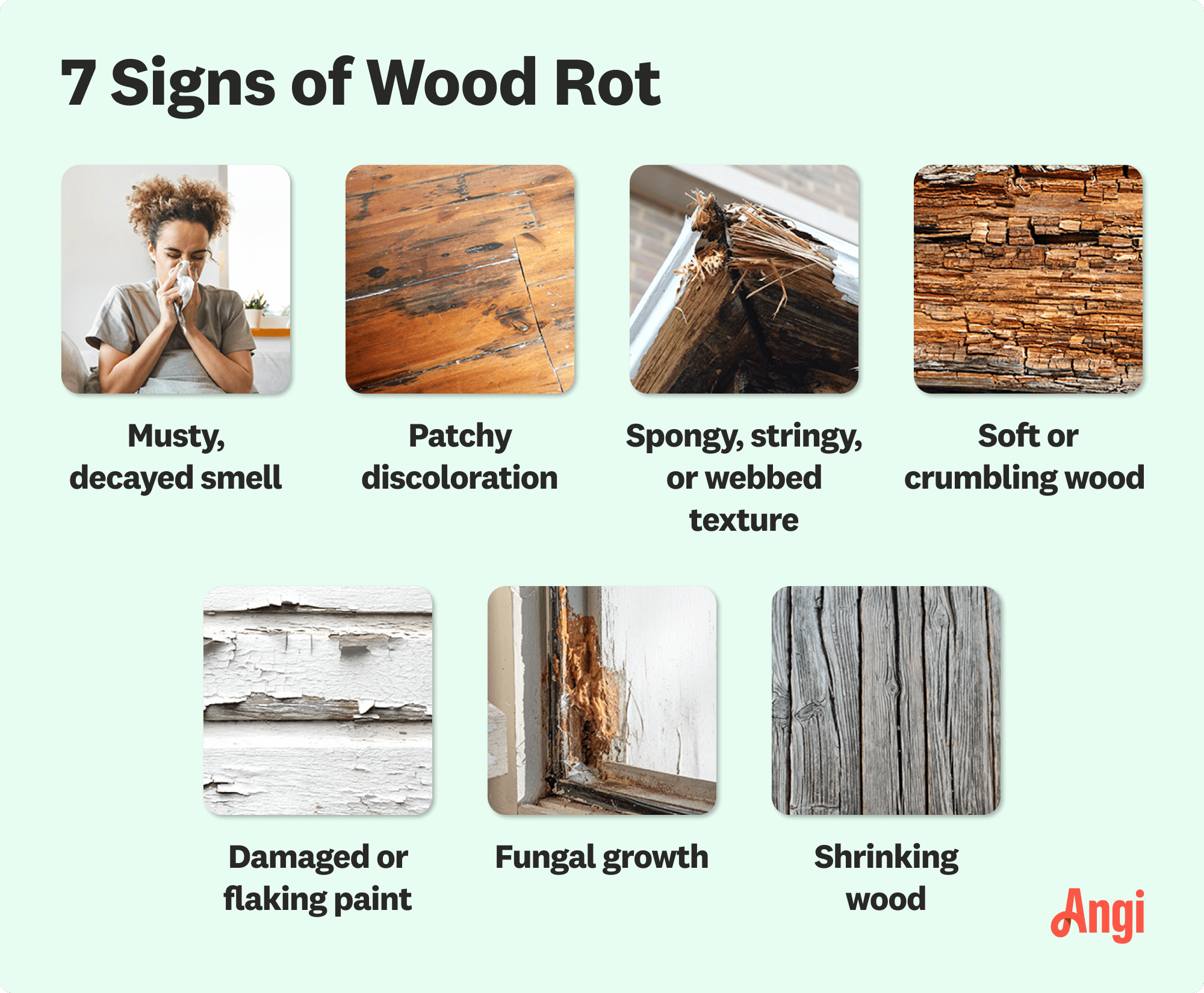
Depending on where the damage is occurring and how bad the dry rot issue is, your professional can use a few different methods of repair to correct it.
For minor surface damage, a pro may opt to fill the damaged area with wood filler. This kind of repair will rarely total more than $150 unless you have a large surface that’s damaged. For more extensive damage that’s easily accessible, your pro may cut out the affected wood and replace it, especially if the wood is ornamental, as in the case of exterior trim. Structural repairs will often require sistering, which involves installing a new supportive piece of lumber next to the rotted one to provide a similar level of support.
The cost of these repairs will still depend largely on the extent of the damage, but patching will almost always be the most affordable, and sistering for structural components will be the most expensive.
| Type of Repair | Average Cost |
|---|---|
| Patching | $150–$250 |
| Replacement | $300–$2,000 |
| Sistering | $1,000–$4,000 |
The extent of the damage is the most crucial cost factor to consider, as it will determine the methods your professional can use to fix the problem and also how long the job takes.
For small areas with limited damage, some elbow grease and filling in the rotten area with two-part epoxy is sufficient. If more significant damage exists, you'll need to replace the affected parts of the structure or install new structural components to maintain the strength of the building, which could involve hiring a structural engineer.
An epoxy fix, including labor, can cost as little as $150. Replacing lumber sections will involve demolition and prep costs, as well as rebuilding the affected area with new materials.
It’s essential to detect water damage early, particularly if you want to prevent a moist environment before dry rot can develop. The most common signs indicating a moisture problem are rotting, buckling, or peeling surfaces, which occur in 31% of cases. Damp or wet areas are also common indicators at 26.5%. Odor, while a less common sign, is a strong indicator that mold is growing, and you’ll want to act fast.
The size of your home's dry rot problem is the next most significant pricing factor. Dry rot can extend well beyond its initial starting location, and it can dig deep into your wood beyond the surface. As dry rot spreads to a larger area or further into the wood, it becomes more costly to remove and repair the damage it leaves behind. Expect to pay between $5 and $40 per square foot for most dry rot repair work, with the understanding that smaller areas cost more per square foot than larger ones.
| Dry Rot Affected Area (Sq. Ft.) | Average Repair Cost |
|---|---|
| 10 | $150–$400 |
| 25 | $200–$1,500 |
| 100 | $500–$3,000 |
| 500 | $1,000–$10,000 |
Dry rot can appear virtually anywhere in your home where lumber and moisture meet. The accessibility of the damaged wood will play a role in your pricing, too.
For example, exterior trim around a first-floor window is easy to access and relatively affordable to treat. A structural beam in a cramped crawl space will require your pro to maneuver themselves, tools, and debris in and out of your under-home area, which will take longer and increase repair costs. Exterior trim on a second floor will require ladders and safety equipment, which will make the work take longer, increasing labor costs.
Affected wood becomes spongy, crumbles under pressure, and may have a musty smell.
— Felicia Wilkes, Comfort Specialist at A-One Refrigeration & Heating Inc
| Dry Rot Location | Cost per Sq. Ft. |
|---|---|
| Walls | $5–$25 |
| Roof Structure | $10–$40 |
| Floor Structure | $15–$40 |
| Window and Door Framing | $5–$25 |
| Porch/Exterior | $5–$30 |
| Foundation | $30–$40 |
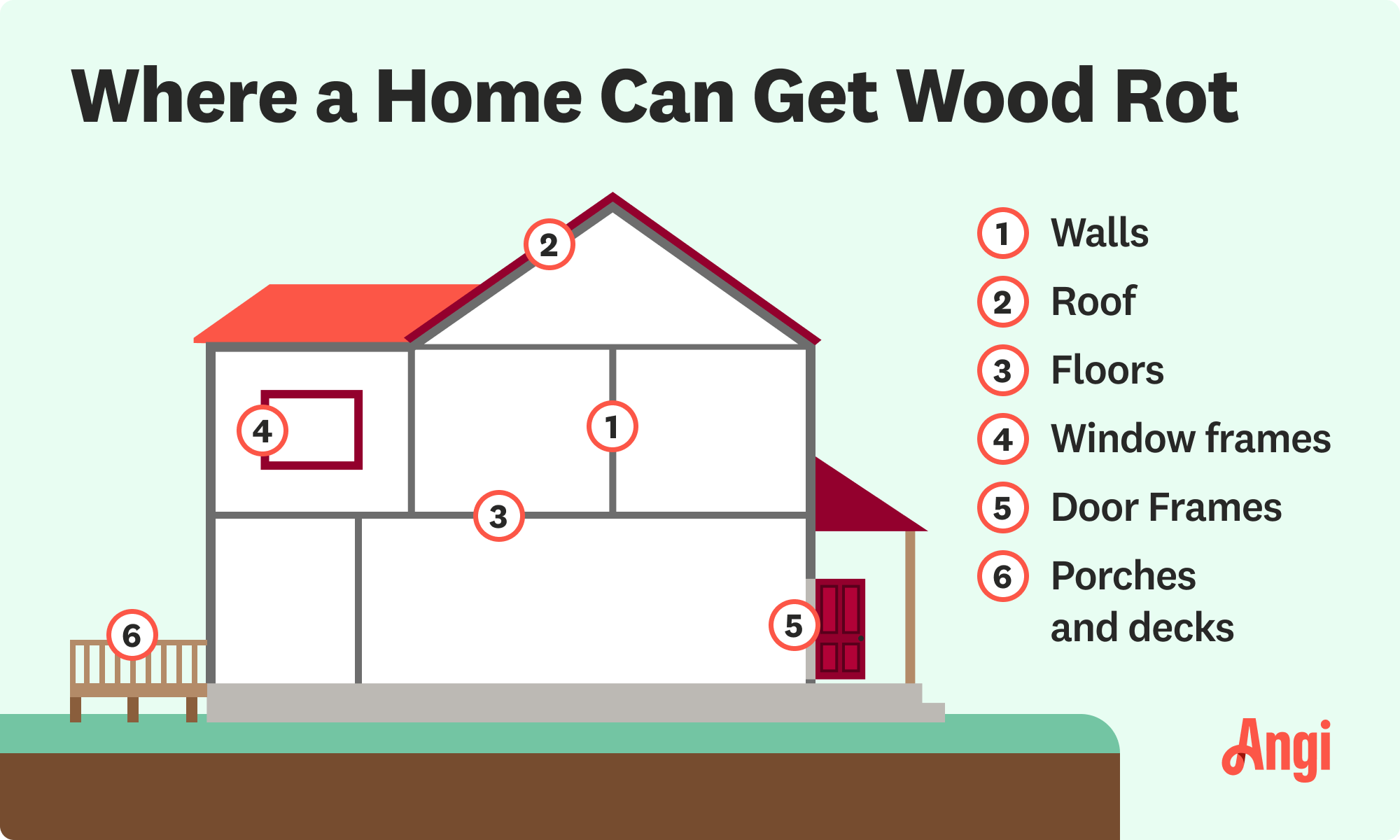

Accessing the space where dry rot exists may involve removing wall coverings, drywall, roofing material, trim work, and other finishing components. Re-installing or replacing these items will increase the cost of dry rot repair work.
Drywall repair cost: $295–$925
Roofing repair cost: $390–$1,920
Trim work cost: $635–$2,245
Painting cost: $400–$1,600
The cost of labor for fixing issues related to dry rot repairs will correlate with the cost of living in your area. Expect to spend between $50 and $100 per hour to hire a specialist to put your home back in order, depending on which pro you'll need to complete your repairs.
Contractors cost: 20%–50% of your overall project cost
Roofers cost: $40–$90 per hour
Drywall installers cost: $985–$3,200
Plumbing repair cost: $45–$200 per hour
Assessing the damage is just one step in preparing to repair dry rot. When the damage is significant and located in a wall, floor, roof structure, or exterior elements of your home, some demolition work will be necessary to reach all of the affected areas. Expect demo and prep work to cost between $4 and $17 per square foot.
Deciding whether to repair or replace wood affected by dry rot can be tricky, and hiring a pro and letting them decide is normally the best course of action. Repairing dry rot is possible and the most affordable option when the wood in question just has surface damage. If the damage runs deeper, replacement is a better option, even if it’s more expensive.
The only exception would be for dry rot on structural components. In these cases, it’s best to treat the underlying moisture issue and then sister the damaged component to reinforce the structure. This may not always be possible, depending on how extensive the damage is, but it’s far more affordable than adding temporary support to your home, removing the damaged piece of lumber, and replacing it.
For extensive damage, especially to structural components in your home, contact a general contractor or a water damage restoration company near you to determine the best course of action. For surface damage on cosmetic pieces of lumber, a local handyperson service can determine what’s best.
Small and easily accessible areas of wood rot are simple fixes for avid DIYers with some time on their hands. If the dry rot is on decorative pieces of wood, like trim, feel free to tackle the job yourself. If you make any mistakes, you can always call in a pro to finish it up, and there’s minimal risk of doing further damage to your home. However, when the problem is advanced or difficult to assess or involves any structural component, hiring a professional to repair the damage is necessary.
While performing the repairs yourself is possible and can save money by avoiding labor costs, an expert can more readily determine the extent of damage and create a plan to stop the wood rot where it's at and keep it from returning. Treating the underlying problem is a crucial part of avoiding further problems, so if you’re unsure where the moisture is coming from or don’t know how to stop it, have a pro carry out the work instead.
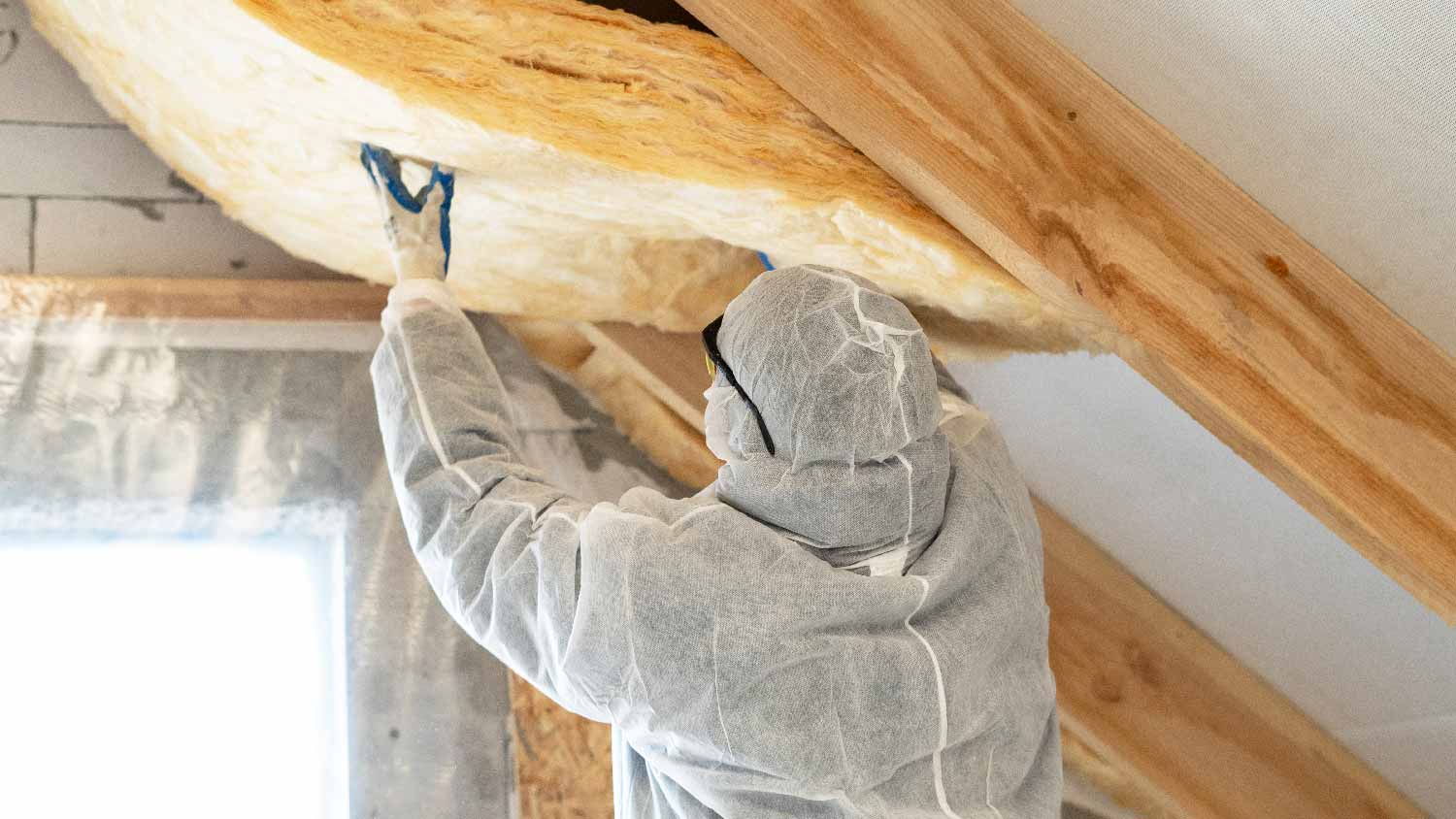
Because dry rot starts when moisture is present, additional work is almost always necessary before, during, or after repair work to eliminate the water source. While there are acceptable moisture levels in drywall and other materials, keeping the repaired or replaced wood dry is essential to minimize the likelihood of the condition reappearing and to prevent mold after experiencing water damage. Here are some common tasks that you may need to complete.
Crawlspace encapsulation cost: $5,000–$15,000
Basement waterproofing cost: $2,500–$8,200
Whole-house dehumidifier cost: $1,300–$2,800
Whole-house vent fan cost: $900–$2,400
Attic insulation installation cost: $1,700–$2,500
Roof venting cost: $300–$650
Wall insulation cost: $1,150–$6,000
Ductwork repair cost: $200–$2,100
Many dry rot situations are manageable as DIY projects, and doing the work yourself can be a great way to keep costs down. Your prices could skyrocket if the repairs require help from a professional, though. Luckily, there are a few things you can do to keep costs down.
If it's safe to do so without risking injury or causing more damage, perform some of the demolition work yourself to expose the affected area. This will make assessing the situation easy for your contractor and reduce the number of hours the job takes.
Handle the rotten material disposal and associated costs on your own to avoid paying your contractor for the time it takes to do so.
After the initial dry rot repair is complete, perform drywall repairs and trim work reinstallation as a DIY project.
Consider spending money on a vent fan, dehumidifier, or other moisture-limiting device or method to keep the condition from returning. Spending some more money now can save significant money later.
Treat the surface after the repair to prevent moisture from interacting with bare wood. This is a good way to prevent dry rot from returning, although you should still solve the underlying moisture issue.
Home is the most important place on earth, which is why Angi has helped more than 150 million homeowners transform their houses into homes they adore. To help homeowners with their next project, Angi provides readers with the most accurate cost data and upholds strict editorial standards. We extensively research project costs to develop the pricing data you see, so you can make the best decisions for you and your home. We rely on reputable sources, including the U.S. Bureau of Labor Statistics, academic journals, market studies, and interviews with industry experts—all to ensure our prices reflect real-world projects.
Want to help us improve our cost data? Send us a recent project quote to [email protected]. Quotes and personal information will not be shared publicly.
From average costs to expert advice, get all the answers you need to get your job done.

Need to get rid of lingering smoke odors in your home? Learn how much smoke remediation costs to budget accurately for this major undertaking.
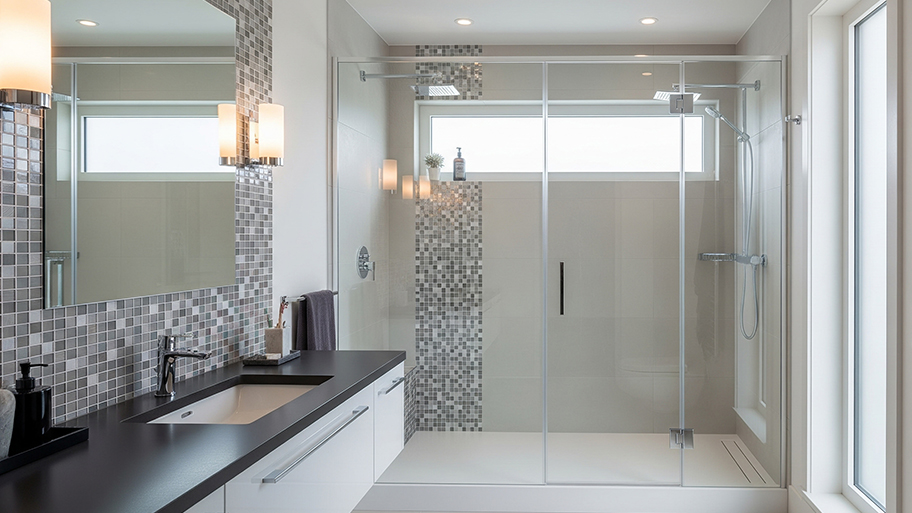
Water damage restoration costs depend on the severity of the problem, the type of water, and the length of time the damage has been occurring.

Fire hydrant costs might not be an expense you think about day-to-day, but they’re important to consider for the safety of your home.

If you see mushroom-like structures on wood at your home, you likely have wood rot. Learn more about the two primary types of wood rot—dry rot versus wood rot.
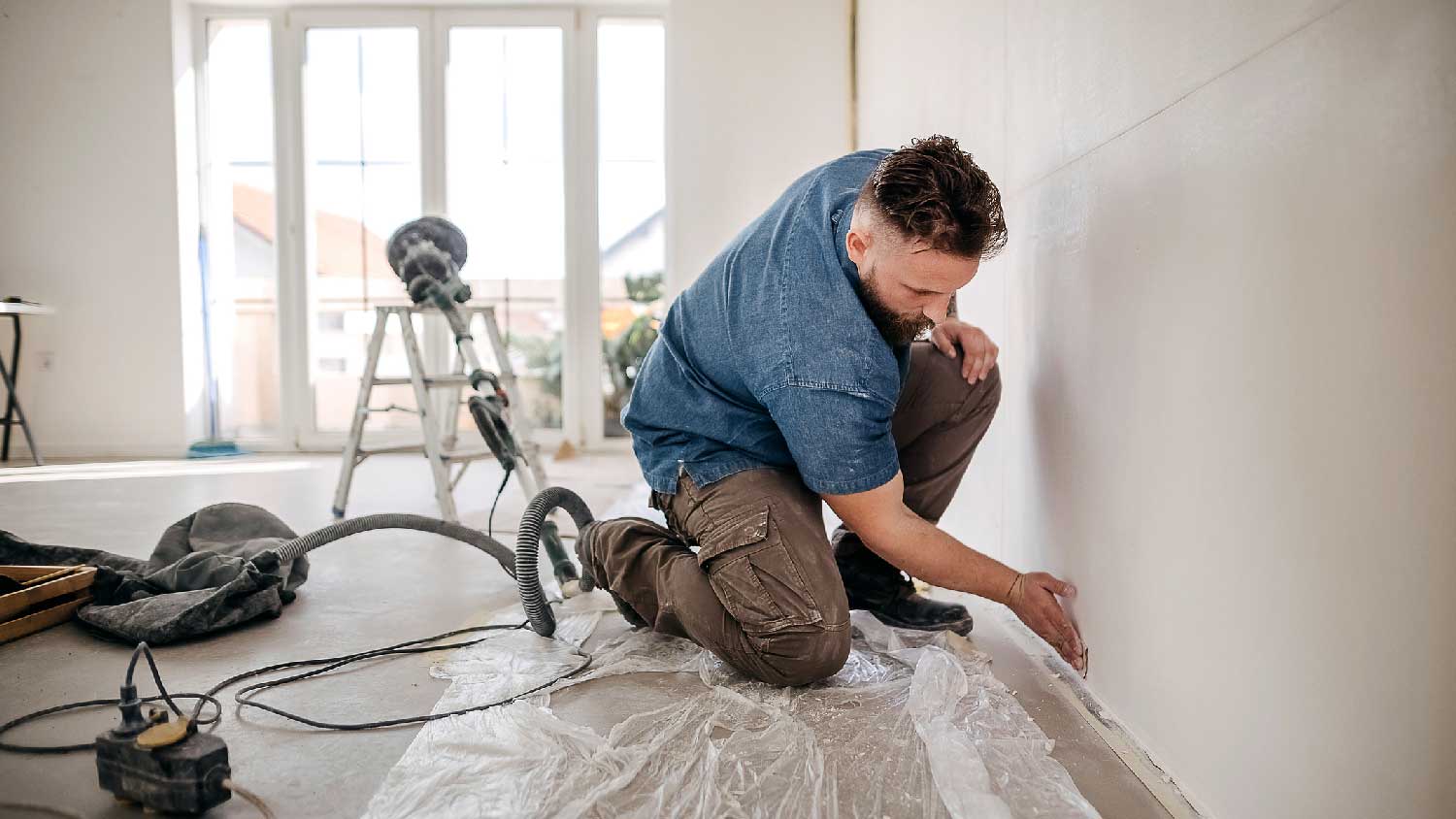
Not sure what your next steps should be after water damage? Learn the difference between water mitigation vs. remediation to make the right choice.
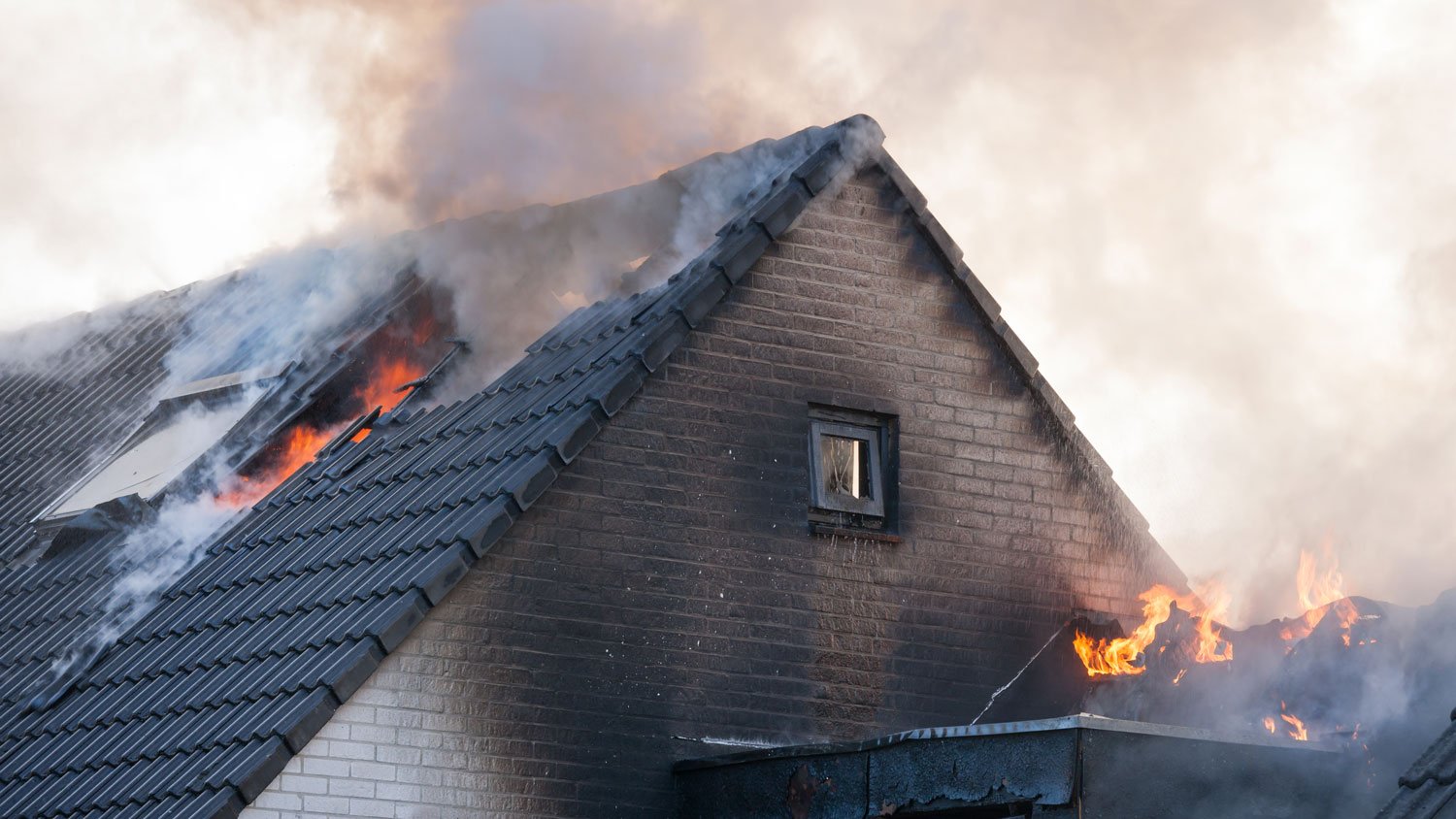
A house fire can leave behind several types of damage. Our guide explains the difference between fire damage and smoke damage and how to recover from each.